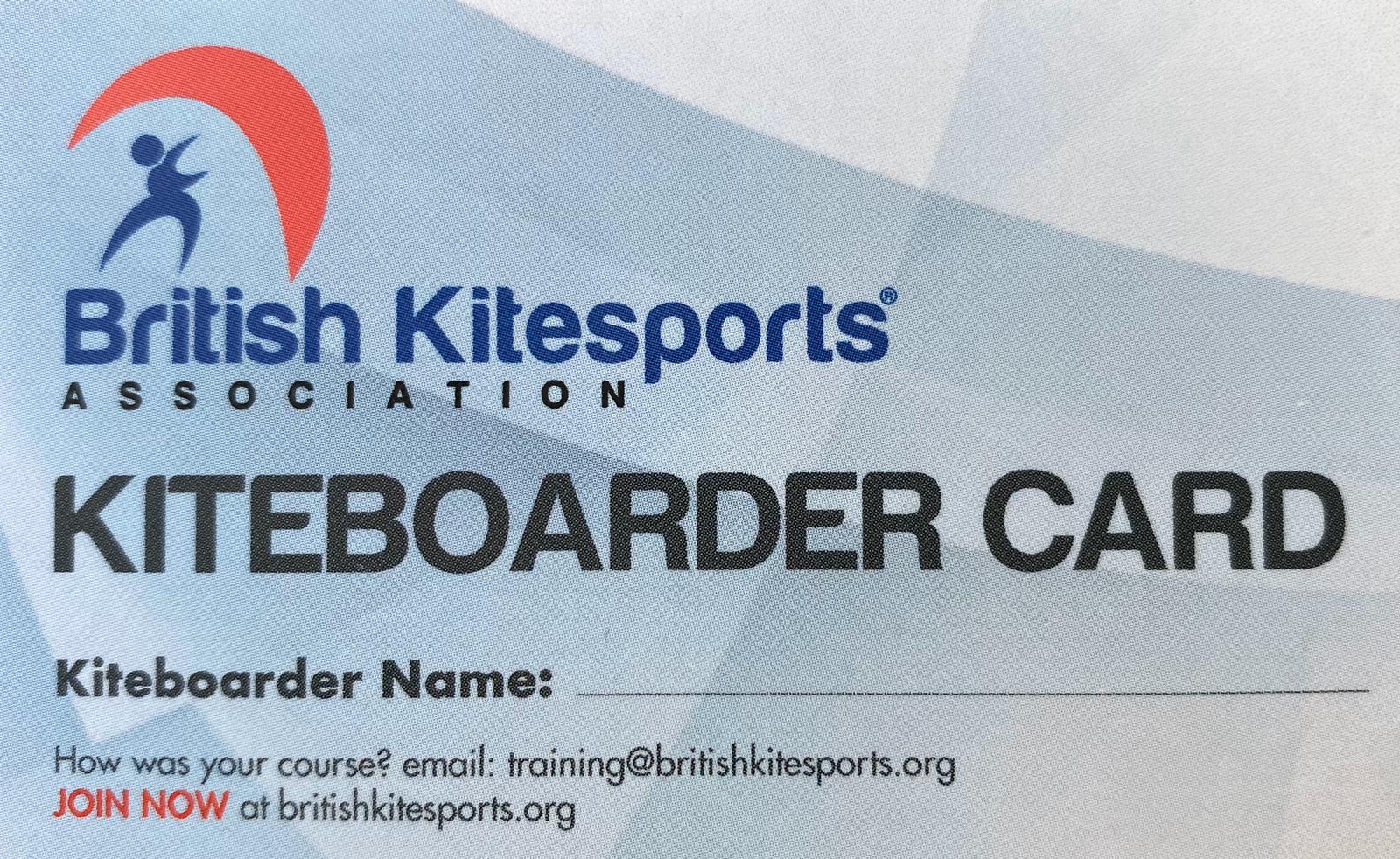
Duration: 2 hours
Cost: £49
Level: Beginner
Minimum Age: 8
Season: March – November
What to Bring: Warm, comfortable clothing and shoes you don’t mind getting sandy. Suncream and sunglasses in summer!
New to kitesports? The Kitesurf Centre’s two hour Introduction to Kitesports lesson is ideal for those who have never tried kiting before. Initially covering a short safety and theory presentation before heading straight onto the beach to put it all into practise, the lesson will cover the basics of kite flying techniques you use in kitesports such as kitebuggying, landboarding and kitesurfing.
Introduction to Kitesports Course Outline
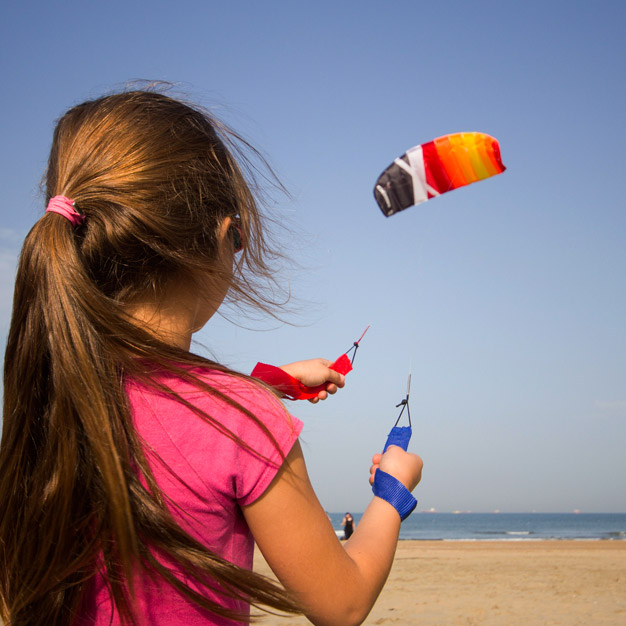
- Introduction, theory and safety
- Setup, launching and landing
- Powerkite flying
- Basic flying techniques
- Foil kite / LEI kite flying
- Advanced flying techniques
All the equipment is provided in the lesson, and can be modified to suit the wind conditions and size of the kite flyer – another reason this activity is perfect for family groups!
Part 1 – Introduction, Setup, Launching & Landing
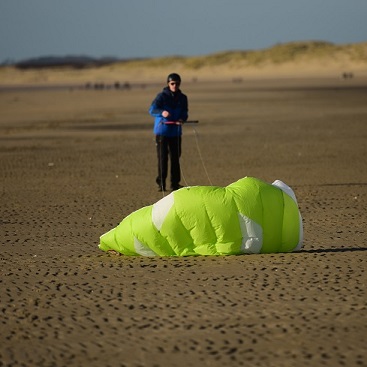
After a quick talk through the basic theory and safety of kite flying, you’ll head down on the beach to learn how to setup, launch and land the kites. This first step of your journey into kite flying is very important, and will help make sure you’re as safe as possible when kiting. Powerkites are simple and easy to set up and launch, and have a built in safety system which when activated removes all the power from the kite – this makes the whole process super easy and safe – even for children!
Once that’s done it’s time to try it for yourself and launch the kite in the air to really kick off the fun! In pairs, you’ll launch the kites and learn how to control them whilst they’re in their air in part 2.
Part 2 – Basic Powerkite Flying Techniques
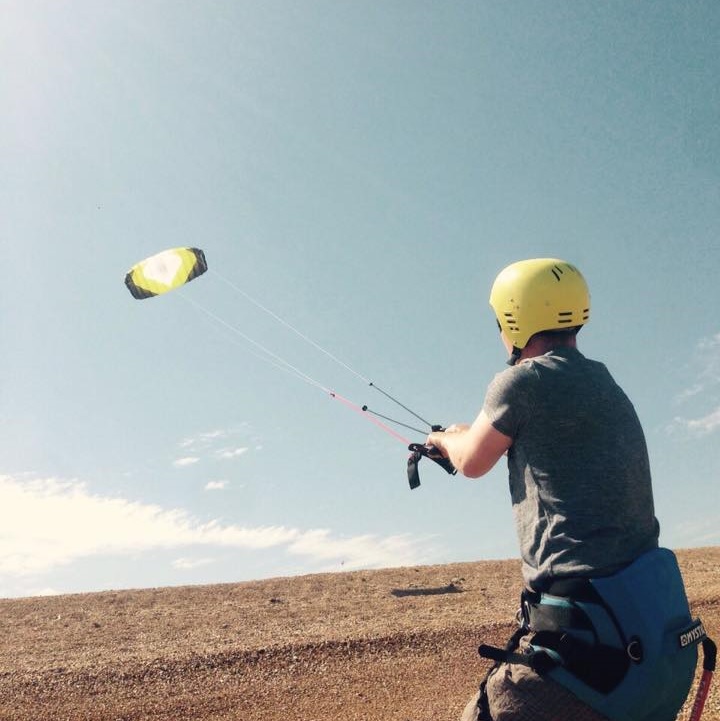
With the kite in the air, it’s time to put into effect everything you learn in the theory talk. See and feel how the kite pulls as it flies through the power zone, generate power with figure of 8 movements and learn how to control the kite steadily through different parts of the wind window.
These static flying exercises form the basis for all kitesports. Good kite control is 80% of being a good kitebuggier, landboarder or kitesurfer, so if you ever choose to progress onto these, you’ll have the perfect foundation for them.
Part 3 – LEI Flying and Advanced Flying Techniques
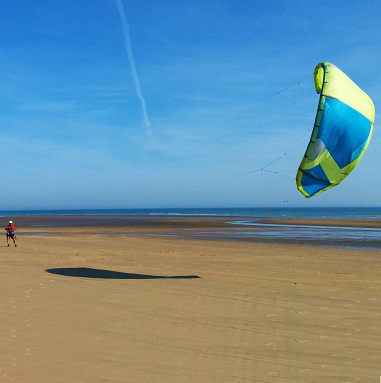
Once you’ve covered the basic flying techniques and learnt how to handle the powerkites, you can move onto the larger LEI or foil kites and try out more advanced flying techniques such as controlling the kite with one hand and flying without looking.
With these larger more powerful kites, you’ll really begin to feel the pull and how much fun it is to harness the power of the wind.
Lesson & Hire Options
If you’re not ready for the fun to stop, why not speak to your instructor or centre management about upgrading your lesson to a kitebuggy lesson (£10 extra pp) or a landboarding lesson (£40 extra pp). You can choose to do this in advance or when signing in for the lesson on the day.
After your lesson, you can hire the powerkites from our school for just £10 per hour (£30 per day), so the fun can continue for as long as you like! If you’ve upgraded to the kitebuggy or landboard lesson, you can hire the complete setup for £15 per hour (£45 per day).
If you’d like to really see how much much fun kiting can be and head out into the water, after completing your powerkiting lesson you can pick up an exclusive voucher for money off our 3 Day Kitesurfing Course!
Our Students on Instagram
Check out some of the photos from the students and customers who visited us recently!
[elfsight_instagram_feed id=”2″]Please note that the activities listed above are aims for the course and that the outline of the day may be adapted by the instructor in line with conditions on the day and the ability of all students in the group. All decisions made by the instructor are done so with the safety of the group and optimum progression as the main priority.




